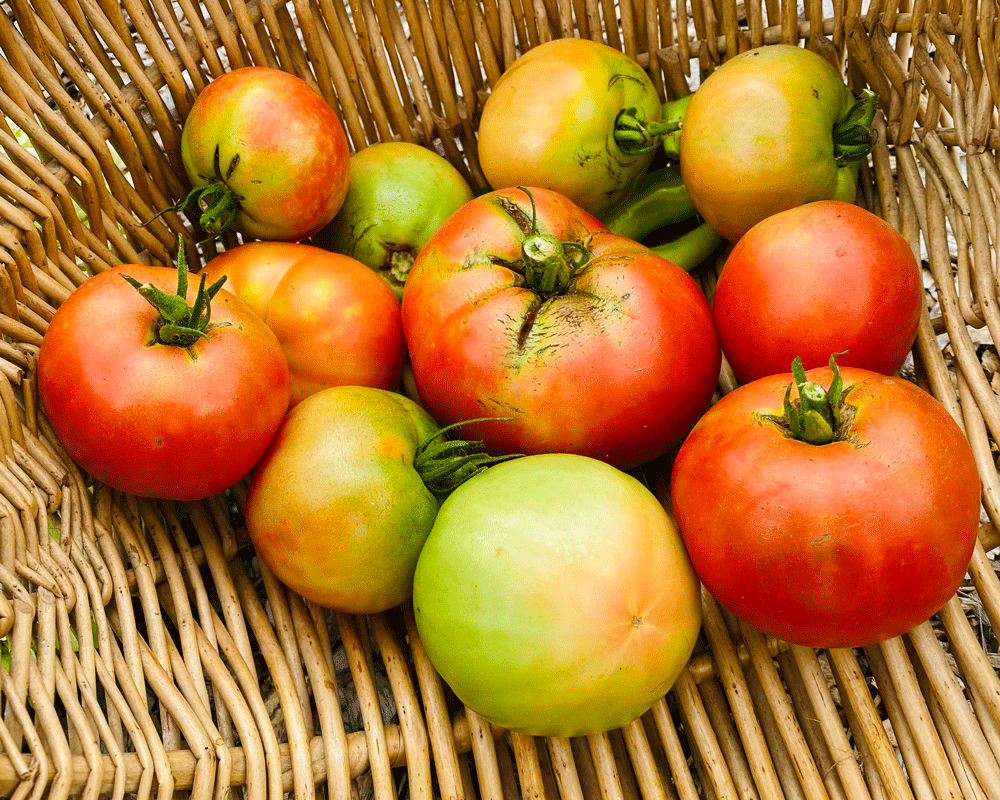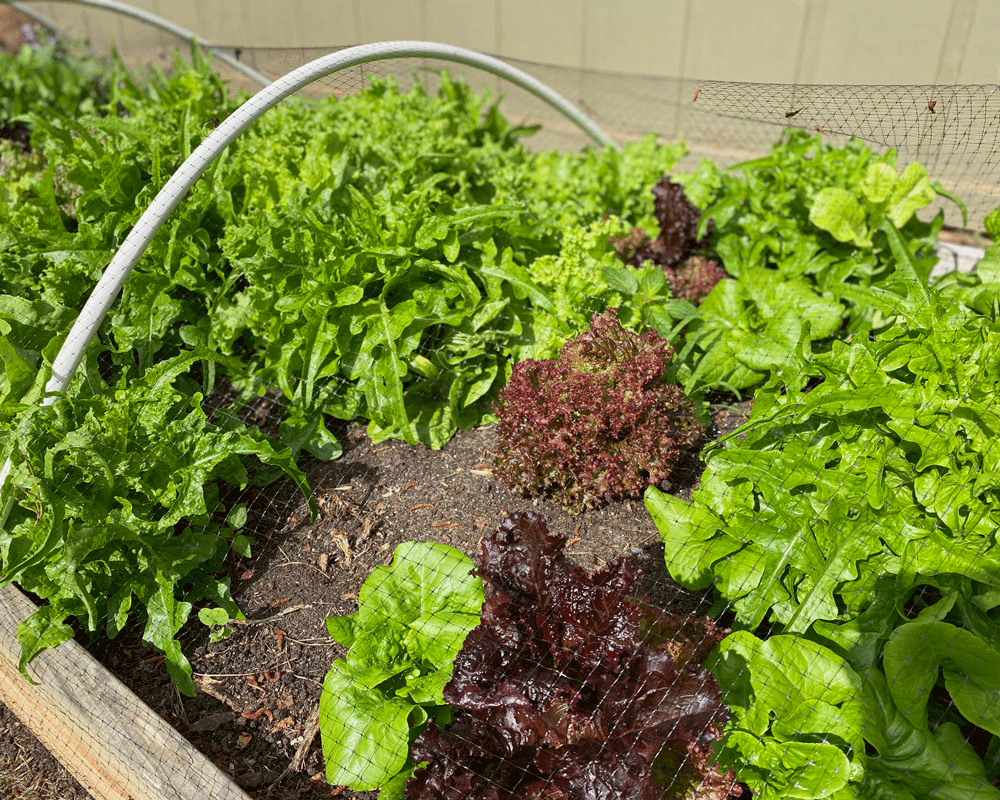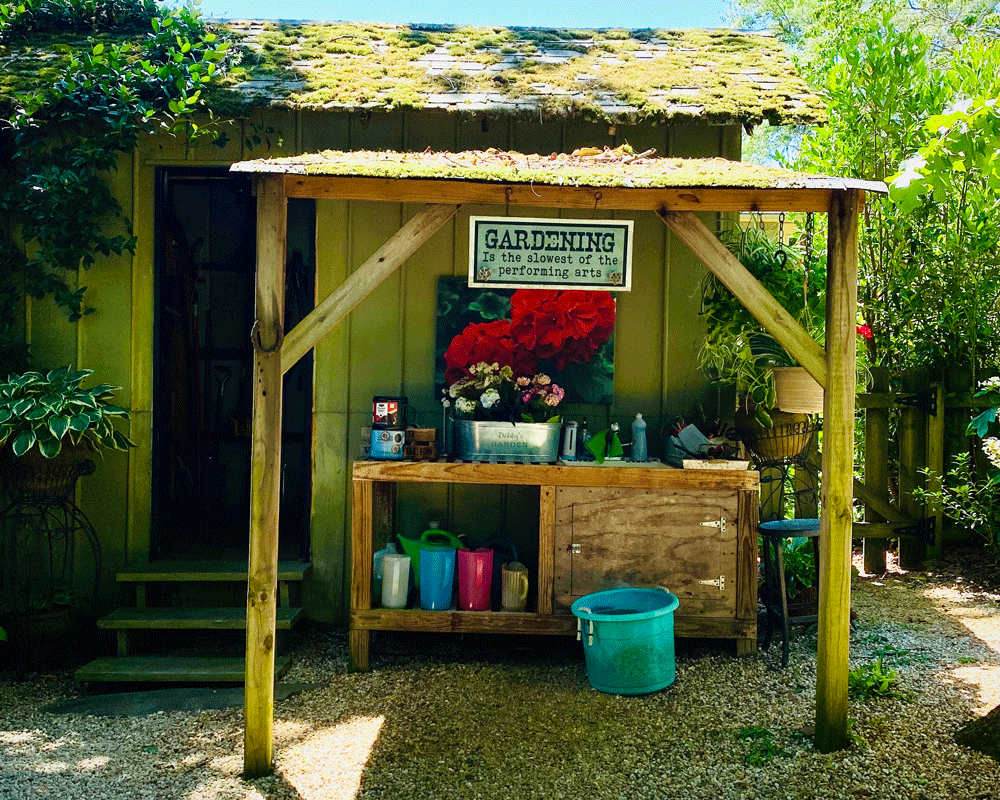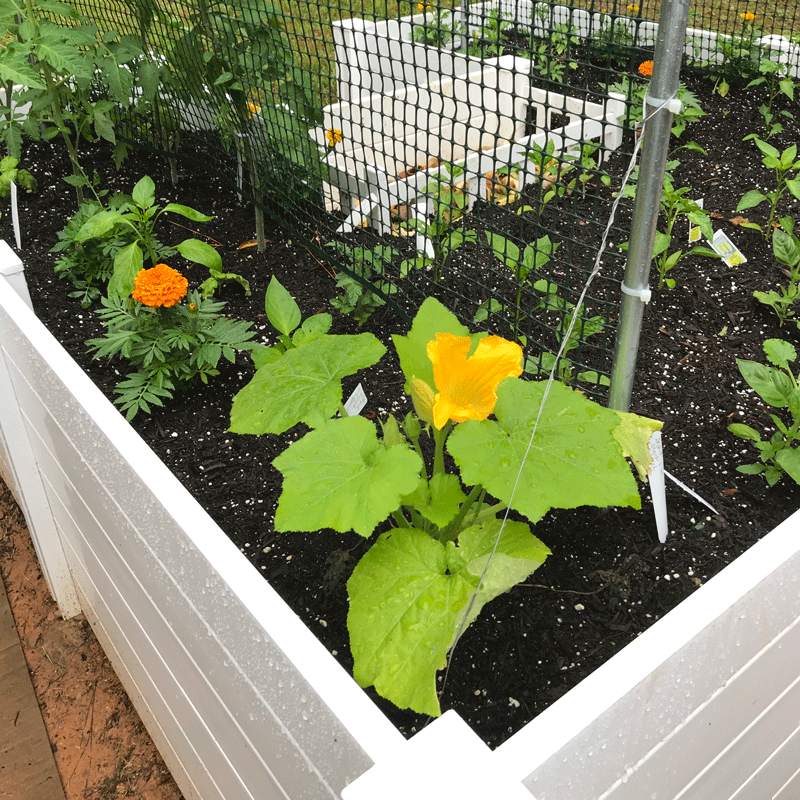Growing your own vegetables, fruits and herbs is often rewarding pursuit, but for most people, it’s a hobby. It wasn’t that long ago that Americans were asked to grow their own produce in order to alleviate food shortages during the World Wars.
The Victory Garden program was so successful, in fact, that in 1943, 40 percent of the vegetables and fruit produced in the U.S. was grown at home and in community gardens. The founder of the National Garden Bureau, James Burdett, even wrote a how-to book, The Victory Garden Manual, describing best practices for growing food at home.

Burdett’s advice is still valid today, nearly 80 years after publication. The organization he founded, the National Garden Bureau, launched Victory Garden 2.0 to introduce a new generation of gardeners to the principles of good gardening. Whether you have lots of land, a quarter-acre backyard, or a small patio, as long as you have six to eight hours of sunlight and a supply of water, you can grow a victory garden for your family and to share with friends.
10 Steps for Growing a Victory Garden
1.Know your USDA hardiness zone. Here in Douglas County, Georgia, it’s USDA hardiness zone 7b. The average date of last frost in our area is April 10, and that gives gardeners the all-clear to plant tender annuals in the garden. Our long summers and (sometimes) mild winters give Georgia gardeners long growing seasons and opportunities to sow crops for continuous harvests, like greens and lettuces.
2. Grow what you and your family love to eat. If zucchini is a tough sell on the dinner table, you may not want to plant more than one or two of these prolifically fruiting plants, if at all. If you love homegrown tomatoes, then double up on the varieties.
3. Have a plan for what you produce. Will you eat it all fresh or give it away? Can you freeze or preserve the excess, or give it away to friends or a food bank? From your list, choose specific varieties of seeds or seedlings that thrive in your zone. (research Extension publications or All America Seeds Selections for tested and proven varieties.)
Plan to Grow from Seeds or Seedlings or Both
4. Grow from seed or transplants? In your research, even if it’s just reading seed packets and seedling plant tags, look for “days to maturity” or “days to harvest.” The longer the days to harvest, the longer the growing season you will need. Some vegetables need to be started indoors or purchased as transplants so you have enough time for harvesting before your first frost in the fall. With enough advance planning, you can grow early spring, then summer, then fall crops. For example, planting peas in spring, tomatoes in summer and back to peas in fall.
-This is the time to select companion plants, as well. These are plants that support each other during the growing season. A popular example is growing marigolds with tomatoes, it’s said that marigolds repel pests. At any rate, colorful marigolds attract pollinating insects, and that’s always a bonus for fruiting plants like tomatoes.

5. Plan your garden space. You can grow an edible garden in-ground, in raised beds, or containers. For best results, your plants will need six to eight hours of sunlight each day. Observe your garden space during the day and note the amount of sunlight. Vegetables can make do on a little less light, but overall, more sun=more fruit.
Test and Amend Your Soil
6. Know your soil. Invest time and your gardening dollars into qood quality gardening soil. Just an observation: when you start edible gardening, you think it’s all about plants. After you’ve gardened for a few years, you realize that it’s all about the soil, especially if you’re committed to growing an organic garden. Good quality organic garden soil is well-draining, neutral in pH and teeming with micronutrients. Two steps to get started on good quality soil: get a soil test kit from the Cooperative Extension office. And start composting to create “food” for your garden soil. Purchased garden soil is a good way to start your garden. If you can, choose organic.
7. Plant at the right time. Seed packets contain a lot of information to get you started. If you’re growing several varieties, it’s helpful to keep a file or journal or online record of the plants, and the dates you put them in the ground.
Purchase and transplant seedlings. You can grow your own seed starts, or maybe a fellow gardener will share with you. There are online resources for seedlings, too.
If you started seeds indoors, you’ll need to “harden off” the new seedlings by placing them outside for a few hours each day, gradually increasing the time outside. You can also use a cold frame to acclimate the plants to the outdoors.
8. Start composting. Composting is key to organic edible gardening. Read up on composting resources to recycle plant scraps from your kitchen and garden. Top dress your garden during the season to nourish the plants. Healthy plants can resist pests and diseases.
Bring in the Butterflies and Bees
9. Plant for pollinators. Grow some pollinator favorites like zinnias and marigolds and rudbeckia to bring in the bees. Your vegetable yields will increase and you’ll also shore up diminishing pollinator habitat.
10. Harvest and share. Share your garden bounty, of course, but also share your knowledge via social media or in your communities. And continue to learn. Extension publications are a wealth of practical, science-based information for gardeners. There’s also books, podcasts, videos, newsletters and magazines to support you in your new venture.
A version of this story appeared in my local newspaper in April 2020 for the Master Gardener column. Thanks to National Garden Bureau for information for this story.

Check Out These Gardening Stories
Join the Conversation
Let’s talk about gardening and more on Instagram and Facebook. I’d love to hear from you!



Leave a Comment